
As 2023 draws to a close, what could be more pleasant than a look back at some of the books that we have read, enjoyed and recommended to our friends, family and customers over the past twelve months.
January
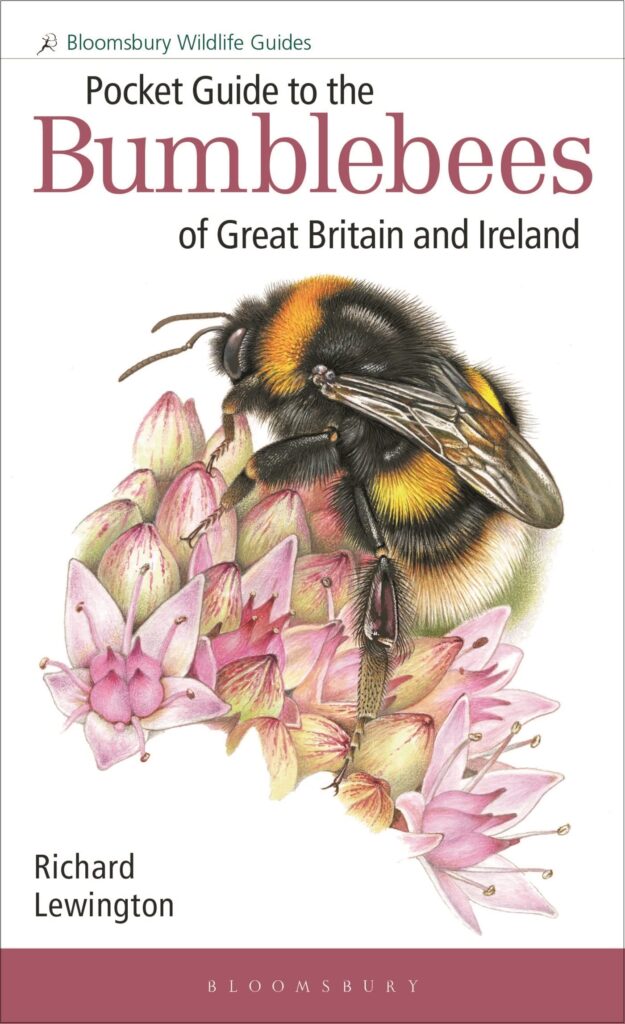 At the very beginning of the year, Richard Lewington treated us to a beautiful new Pocket Guide to the Bumblebees of Great Britain and Ireland. Lewington’s illustrations never disappoint and this guide was a fantastic addition to our field guide bookshelves. We were also inspired by Britain’s Living Seas. Written in collaboration with The Wildlife Trusts, this user-friendly book provides a guide to the coasts around the British Isles, as well as ideas for the alternative and sustainable management of our seas.
At the very beginning of the year, Richard Lewington treated us to a beautiful new Pocket Guide to the Bumblebees of Great Britain and Ireland. Lewington’s illustrations never disappoint and this guide was a fantastic addition to our field guide bookshelves. We were also inspired by Britain’s Living Seas. Written in collaboration with The Wildlife Trusts, this user-friendly book provides a guide to the coasts around the British Isles, as well as ideas for the alternative and sustainable management of our seas.
February
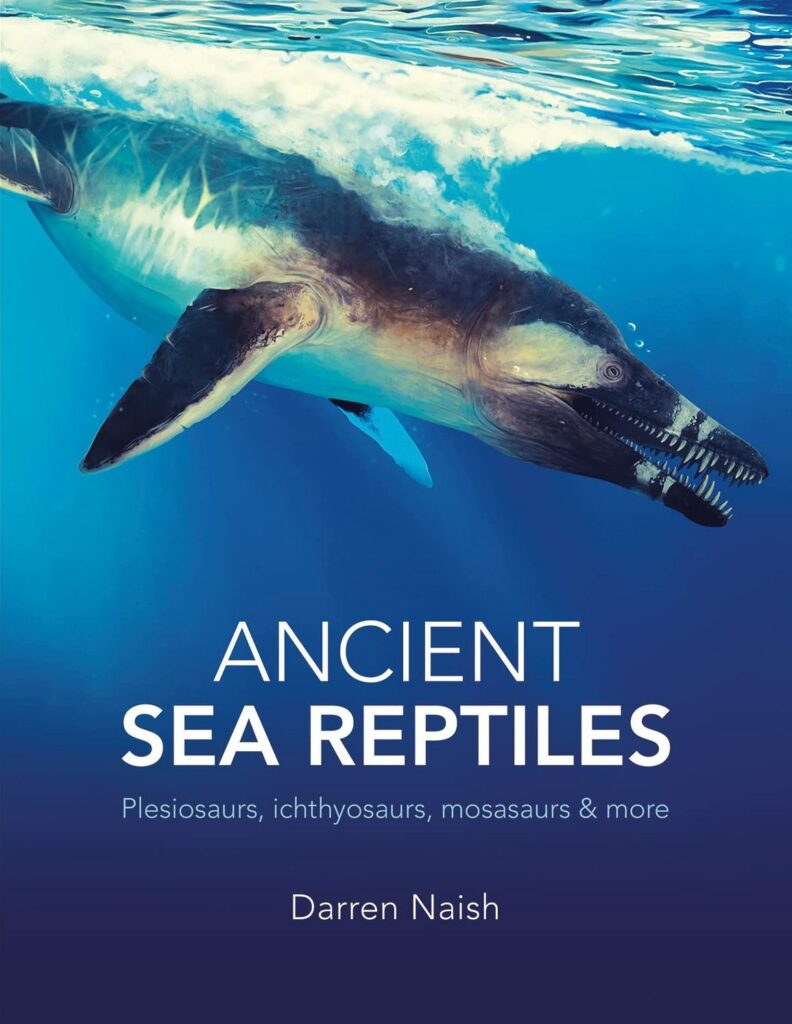 February saw the publication of Darren Naish’s Ancient Sea Reptiles in which he introduces us to these strange, sometimes monstrous, marine beasts. Edited by cave scientist and conservation ecologist Dr J. Judson Wynne, Cave Biodiversity provided us with a fascinating look at both the evolution and the conservation of subterrestrial-dwelling fauna, while Planktonium, from Dutch photographer Jan van IJken, offered us a glimpse into the unseen world of microscopic plankton via his stunningly beautiful images.
February saw the publication of Darren Naish’s Ancient Sea Reptiles in which he introduces us to these strange, sometimes monstrous, marine beasts. Edited by cave scientist and conservation ecologist Dr J. Judson Wynne, Cave Biodiversity provided us with a fascinating look at both the evolution and the conservation of subterrestrial-dwelling fauna, while Planktonium, from Dutch photographer Jan van IJken, offered us a glimpse into the unseen world of microscopic plankton via his stunningly beautiful images.
March
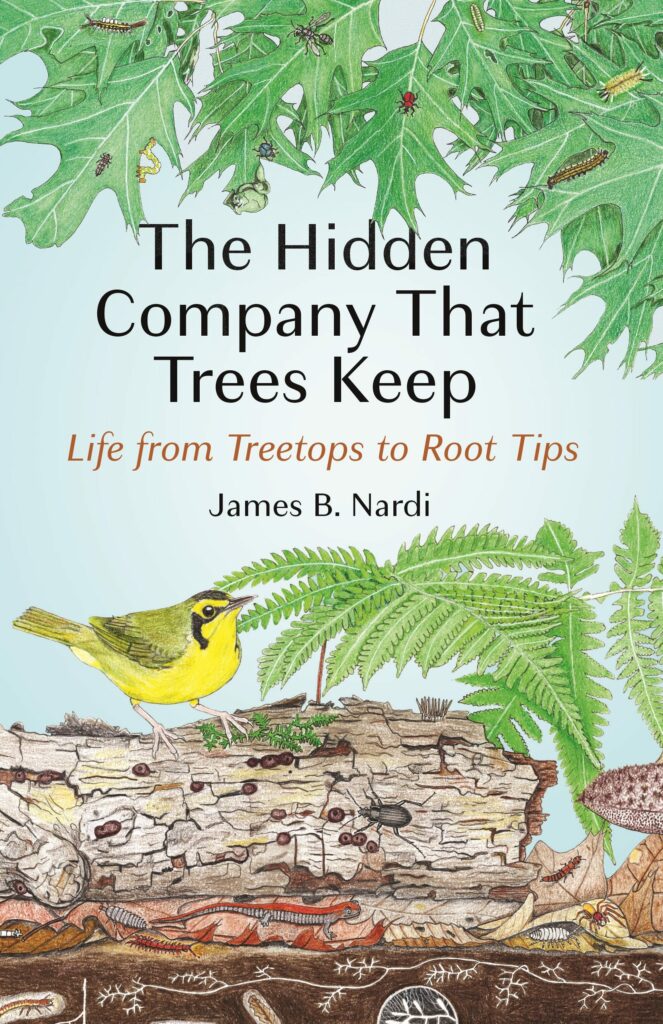 March offered us some truly inspiring reads, including James T. Costa’s Radical by Nature which chronicles the life, adventures and achievements of Alfred Russell Wallace, including his role in the formation of the theory of natural selection. James Nardi guided us through the innermost unseen world that trees share with a range of creatures in The Hidden Company That Trees Keep and we discovered more about the wild spaces of Britain and Ireland in Patrick Barkham and Alastair Fothergill’s Wild Isles, which accompanies the popular BBC series.
March offered us some truly inspiring reads, including James T. Costa’s Radical by Nature which chronicles the life, adventures and achievements of Alfred Russell Wallace, including his role in the formation of the theory of natural selection. James Nardi guided us through the innermost unseen world that trees share with a range of creatures in The Hidden Company That Trees Keep and we discovered more about the wild spaces of Britain and Ireland in Patrick Barkham and Alastair Fothergill’s Wild Isles, which accompanies the popular BBC series.
April/May
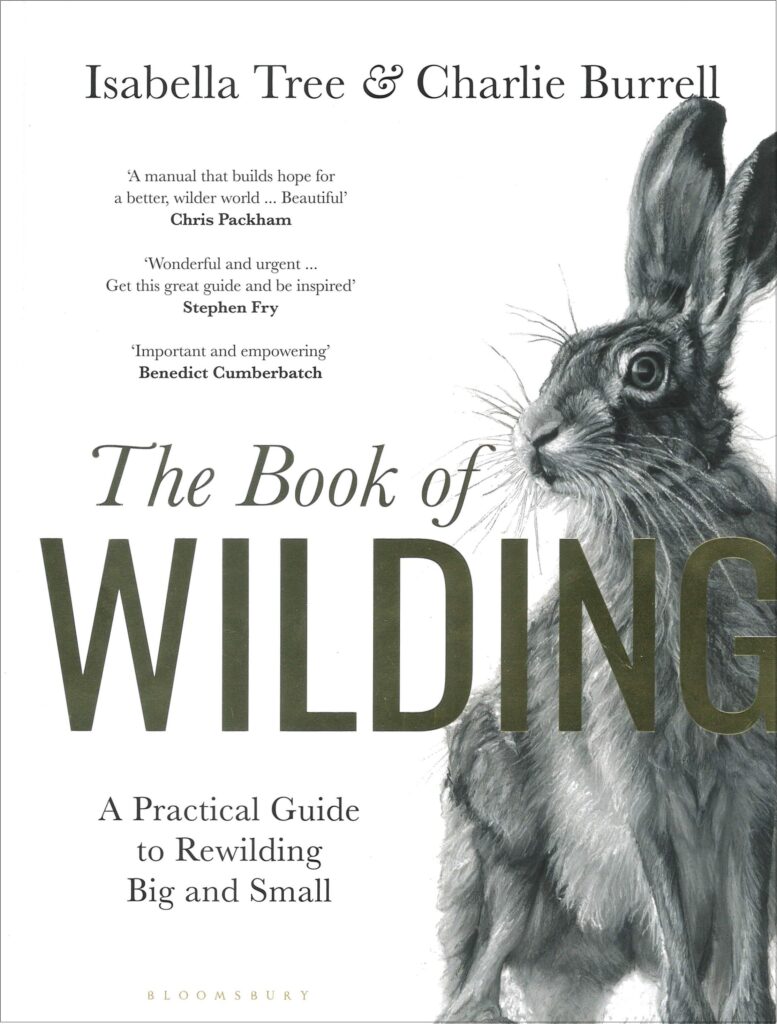 In April we were treated to more marine photography with Lisa-ann Gershwin’s Shapeshifters, which is a visually breathtaking look at 100 species of jellyfish. May saw the publication of the practical and inspiring The Book of Wilding which offers rewilding advice on a range of scales. (Read our Q&A with Isabella here). In the wake of Covid-19, we also delved into Fatal Jump from Leslie Reperant, which looks at the origins of global pandemics.
In April we were treated to more marine photography with Lisa-ann Gershwin’s Shapeshifters, which is a visually breathtaking look at 100 species of jellyfish. May saw the publication of the practical and inspiring The Book of Wilding which offers rewilding advice on a range of scales. (Read our Q&A with Isabella here). In the wake of Covid-19, we also delved into Fatal Jump from Leslie Reperant, which looks at the origins of global pandemics.
June/July
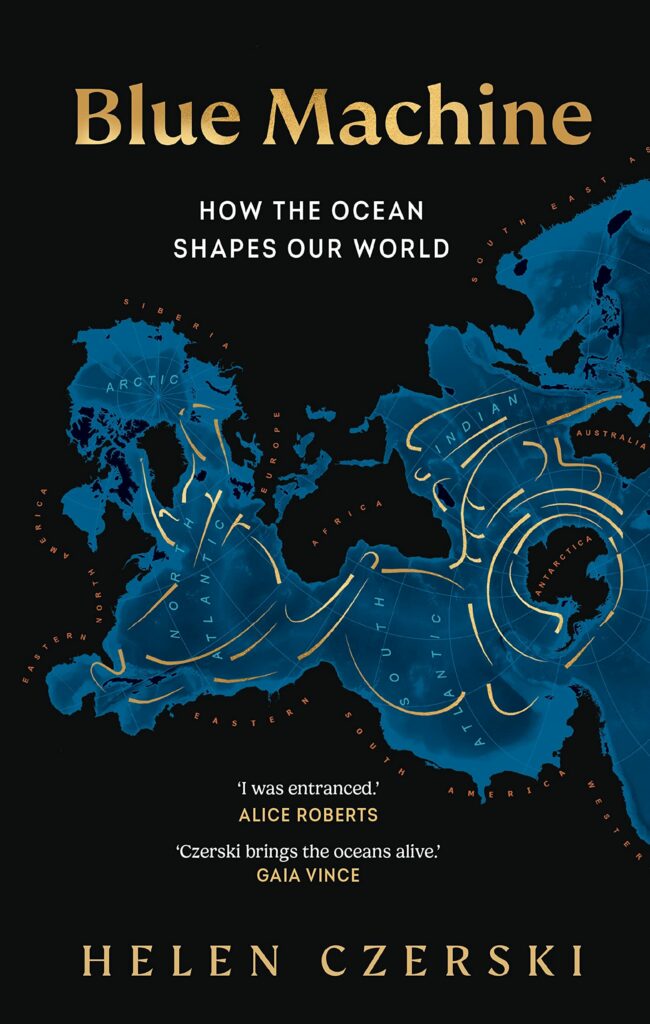 June provided us with another wonderful marine title from physicist Helen Czerski. In Blue Machine she offers a timely and elegant explanation of the ocean engine and the extent to which it impacts life on our planet. It would be remiss of us to pass by July without mentioning the publication of All the Mammals of the World. This popular and sizeable volume, as the title suggests, covers all of the mammals of the world and has something to appeal to everyone, from wildlife enthusiasts to researchers and conservationists. Following on from her critically acclaimed The Genius of Birds, July also saw the arrival of Jennifer Ackerman’s What an Owl Knows which brings to life the natural history of these incredible birds. (You can read our Q&A with Jennifer here).
June provided us with another wonderful marine title from physicist Helen Czerski. In Blue Machine she offers a timely and elegant explanation of the ocean engine and the extent to which it impacts life on our planet. It would be remiss of us to pass by July without mentioning the publication of All the Mammals of the World. This popular and sizeable volume, as the title suggests, covers all of the mammals of the world and has something to appeal to everyone, from wildlife enthusiasts to researchers and conservationists. Following on from her critically acclaimed The Genius of Birds, July also saw the arrival of Jennifer Ackerman’s What an Owl Knows which brings to life the natural history of these incredible birds. (You can read our Q&A with Jennifer here).
August
 In August we delighted in Amy-Jane Beer’s The Flow, an immersive and moving memoir which went on to win the James Cropper Wainwright Prize for Nature Writing in September. We enjoyed Chris Manias’ The Age of Mammals which examines how 19th-Century palaeontology revolved largely around mammals rather than dinosaurs. We were also fans of Brian Johnson’s Honey Bee Biology which provides an incredibly comprehensive and up-to-date reference guide to these fascinating and essential pollinators.
In August we delighted in Amy-Jane Beer’s The Flow, an immersive and moving memoir which went on to win the James Cropper Wainwright Prize for Nature Writing in September. We enjoyed Chris Manias’ The Age of Mammals which examines how 19th-Century palaeontology revolved largely around mammals rather than dinosaurs. We were also fans of Brian Johnson’s Honey Bee Biology which provides an incredibly comprehensive and up-to-date reference guide to these fascinating and essential pollinators.
September
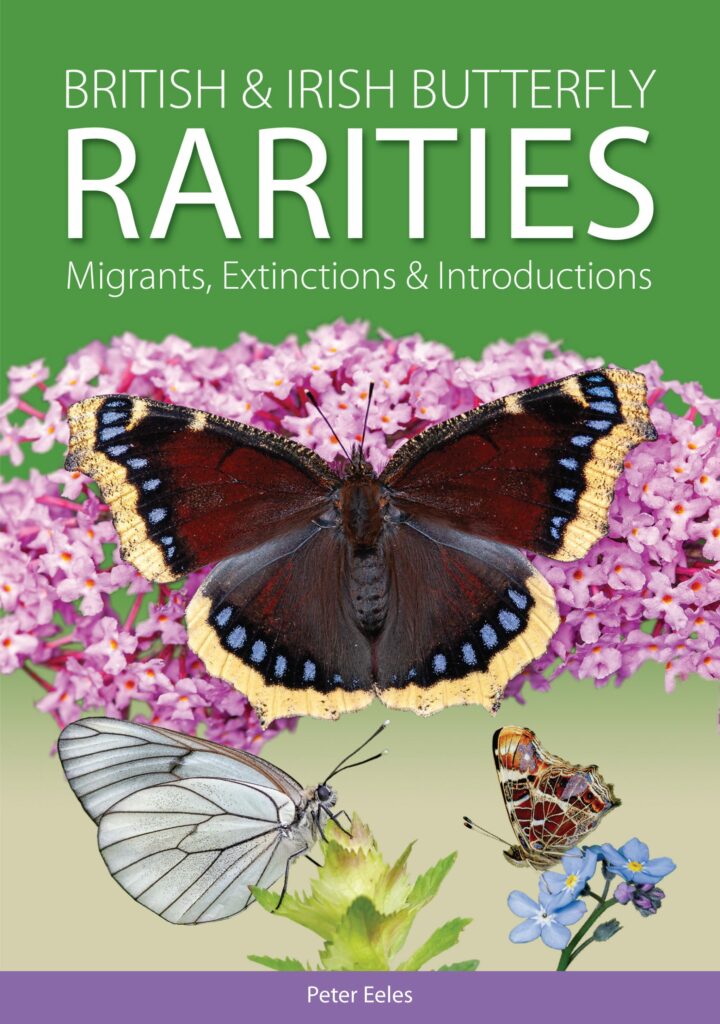 The beginning of autumn brought with it the publication of Peter Eeles’ British & Irish Butterfly Rarities. Immensely popular among our Lepidopterist customers, this valuable book is the first to focus entirely on the species of butterfly regarded as extinct, rare migrant or introduced. Other highlights for us from September included Guillaume Pitron’s The Dark Cloud, a sobering investigation into the impacts of digital technology on the environment, and Michael Bright’s Masterpieces of the Earth, a dazzling photographic compendium of natural wonders around the world.
The beginning of autumn brought with it the publication of Peter Eeles’ British & Irish Butterfly Rarities. Immensely popular among our Lepidopterist customers, this valuable book is the first to focus entirely on the species of butterfly regarded as extinct, rare migrant or introduced. Other highlights for us from September included Guillaume Pitron’s The Dark Cloud, a sobering investigation into the impacts of digital technology on the environment, and Michael Bright’s Masterpieces of the Earth, a dazzling photographic compendium of natural wonders around the world.
October
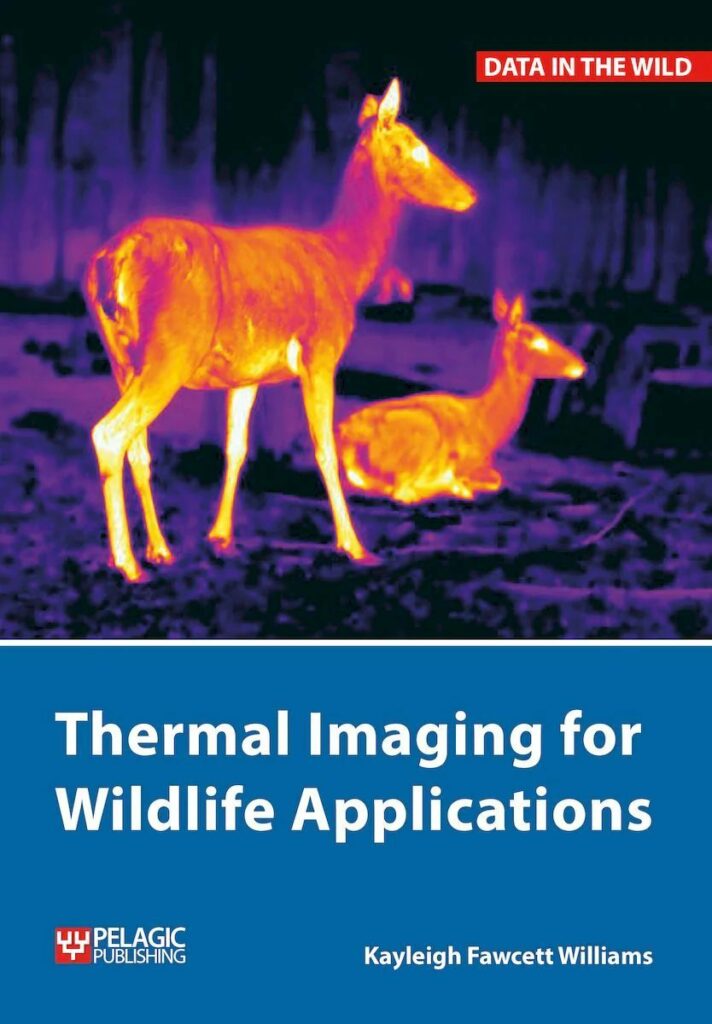 October provided us with a couple of titles of huge interest to ecologists, particularly those involved in bat surveys. The 4th edition of Bat Surveys for Professional Ecologists from the Bat Conservation Trust (BCT) provided updated and new content, including important information on the use of night vision equipment. (An interview about the book with Jan Collins from the BCT can be found here). Further practical advice on night vision survey was also found in Kayleigh Fawcett Williams’ excellent Thermal Imaging for Wildlife Applications. (Read our Q&A with Kayleigh here). Other highlights from October included Ben Goldfarb’s Crossings, which investigates the kinds of ecological devastation that roads and highways are inflicting upon our planet, as well as the photographic delights of Michelle Sole and Tom Hart’s Antarctica.
October provided us with a couple of titles of huge interest to ecologists, particularly those involved in bat surveys. The 4th edition of Bat Surveys for Professional Ecologists from the Bat Conservation Trust (BCT) provided updated and new content, including important information on the use of night vision equipment. (An interview about the book with Jan Collins from the BCT can be found here). Further practical advice on night vision survey was also found in Kayleigh Fawcett Williams’ excellent Thermal Imaging for Wildlife Applications. (Read our Q&A with Kayleigh here). Other highlights from October included Ben Goldfarb’s Crossings, which investigates the kinds of ecological devastation that roads and highways are inflicting upon our planet, as well as the photographic delights of Michelle Sole and Tom Hart’s Antarctica.
November
 In November we received the first copies of Seabirds Count which provides an incredibly important insight into the seabird populations across Britain and Ireland. We also loved Neil Middleton and Stuart Newson’s Sound Identification of Terrestrial Mammals of Britain & Ireland which provides comprehensive coverage of a topic previously unexplored within the literature. (Enjoy our Q&A with the authors here). Other notable mentions this month include Andrew Simms and Leo Murray’s Badvertising, which examines the role of marketing on both the health of humans and that of the planet, plus Vincent Munier: The Monograph, which compiles 35 years of his stunning photography and expresses his unwavering admiration of the wild world.
In November we received the first copies of Seabirds Count which provides an incredibly important insight into the seabird populations across Britain and Ireland. We also loved Neil Middleton and Stuart Newson’s Sound Identification of Terrestrial Mammals of Britain & Ireland which provides comprehensive coverage of a topic previously unexplored within the literature. (Enjoy our Q&A with the authors here). Other notable mentions this month include Andrew Simms and Leo Murray’s Badvertising, which examines the role of marketing on both the health of humans and that of the planet, plus Vincent Munier: The Monograph, which compiles 35 years of his stunning photography and expresses his unwavering admiration of the wild world.
December
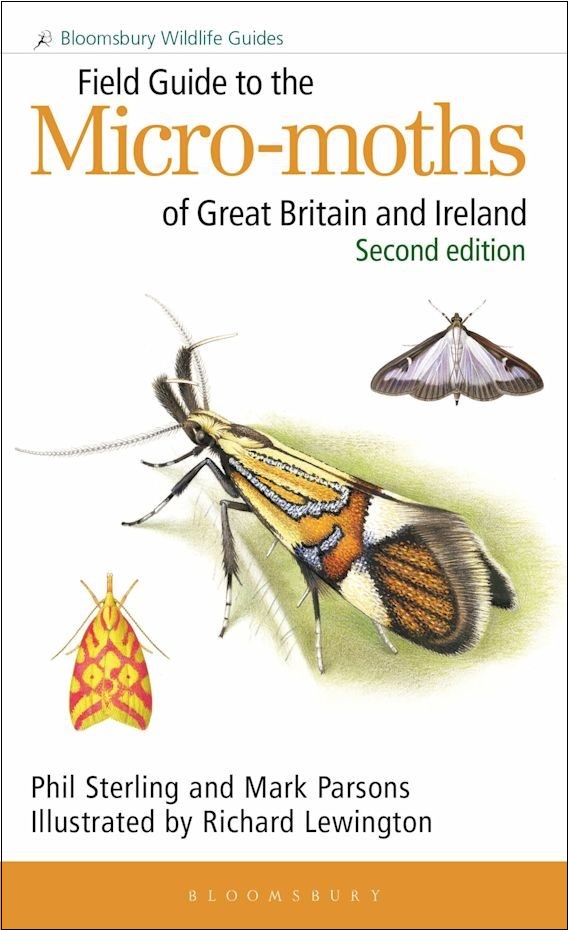 We finish our yearly round-up with two fantastic books from December: the incredible second edition of the Field Guide to the Micro-moths of Great Britain and Ireland which is instrumental in making these fascinating group of moths accessible to the general naturalist. (Read our conversation with authors Phil Sterling and Mark Parsons here). Also in its second edition was Ian Newton’s The Migration Ecology of Birds, which covers all aspects of this fascinating subject in a clear and readable style.
We finish our yearly round-up with two fantastic books from December: the incredible second edition of the Field Guide to the Micro-moths of Great Britain and Ireland which is instrumental in making these fascinating group of moths accessible to the general naturalist. (Read our conversation with authors Phil Sterling and Mark Parsons here). Also in its second edition was Ian Newton’s The Migration Ecology of Birds, which covers all aspects of this fascinating subject in a clear and readable style.
All that remains is to wish everyone a wonderful end to the year. We look forward to sharing plenty more great reads with you in 2024.






